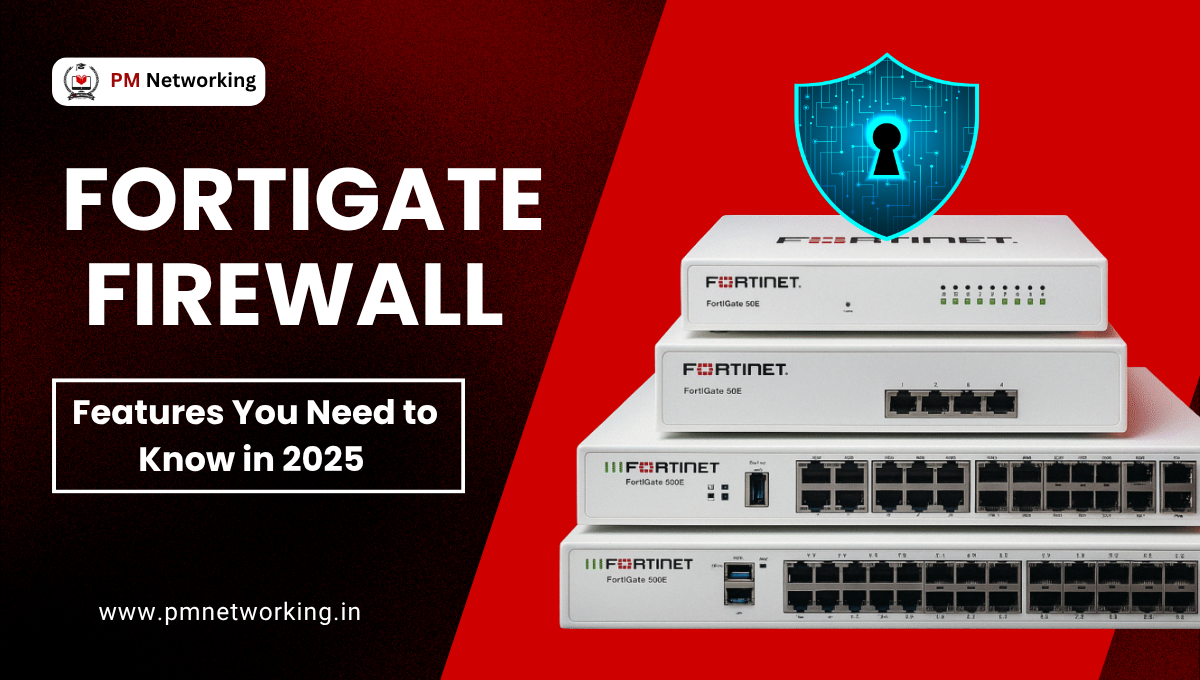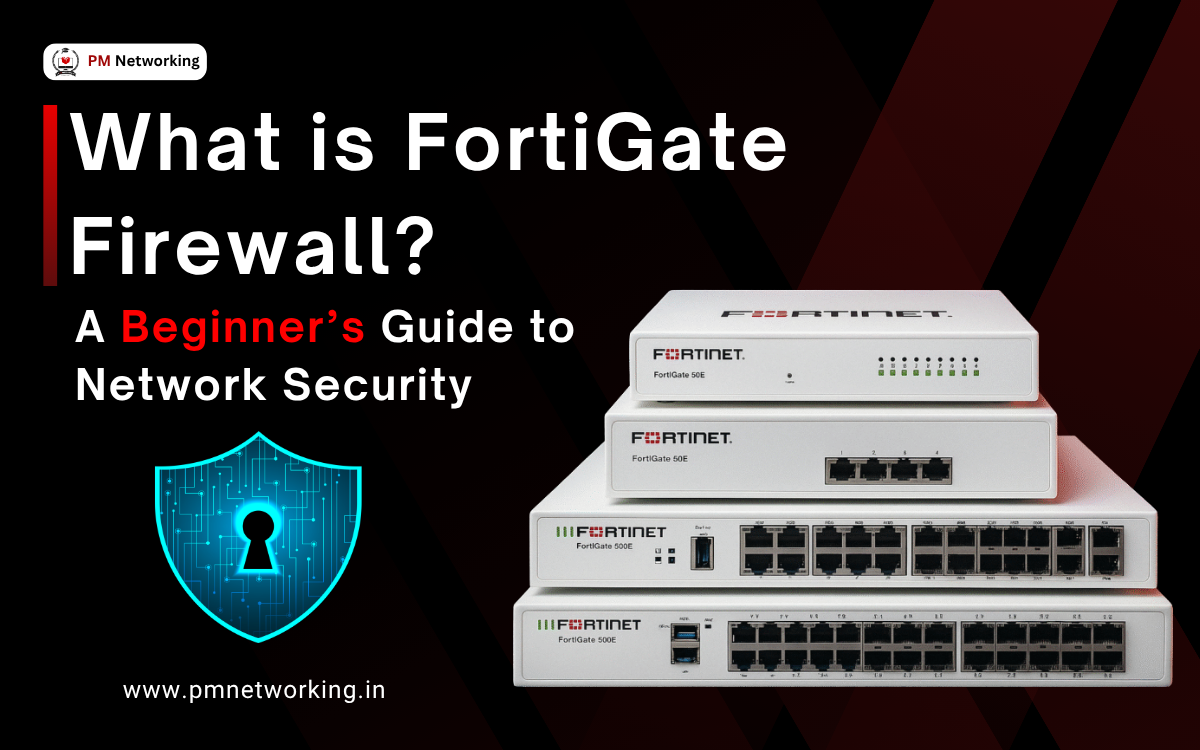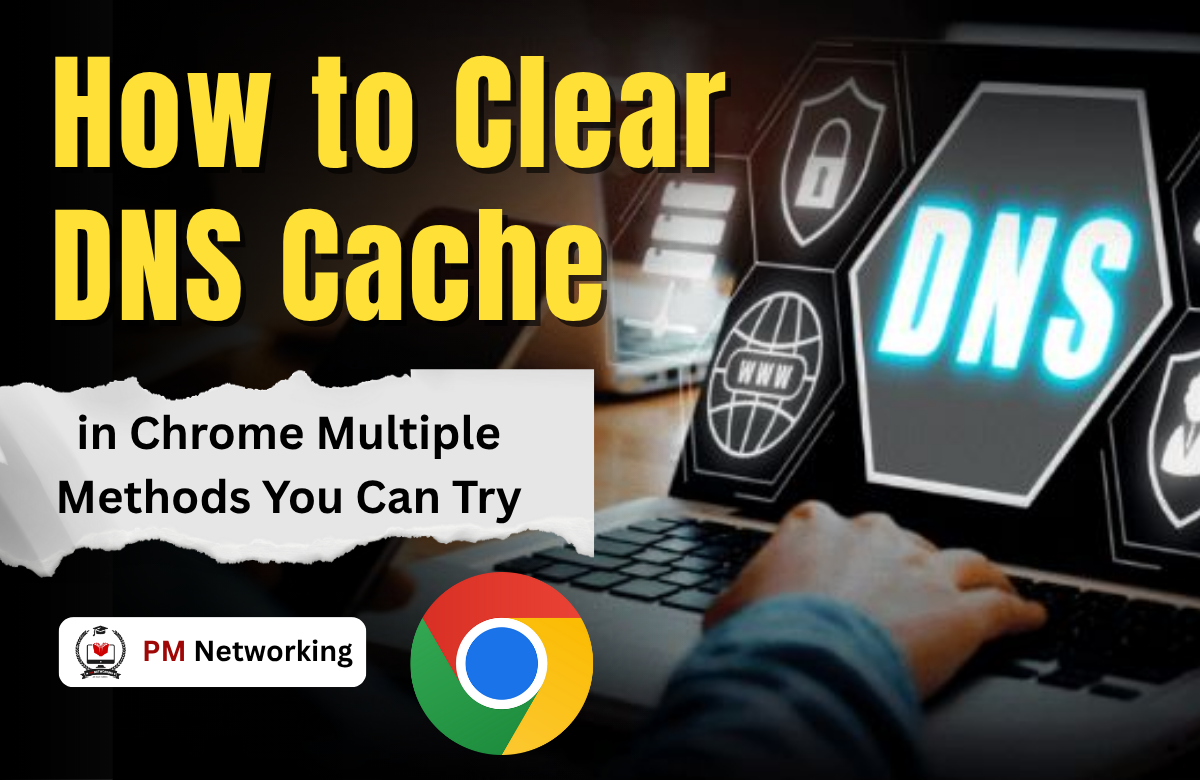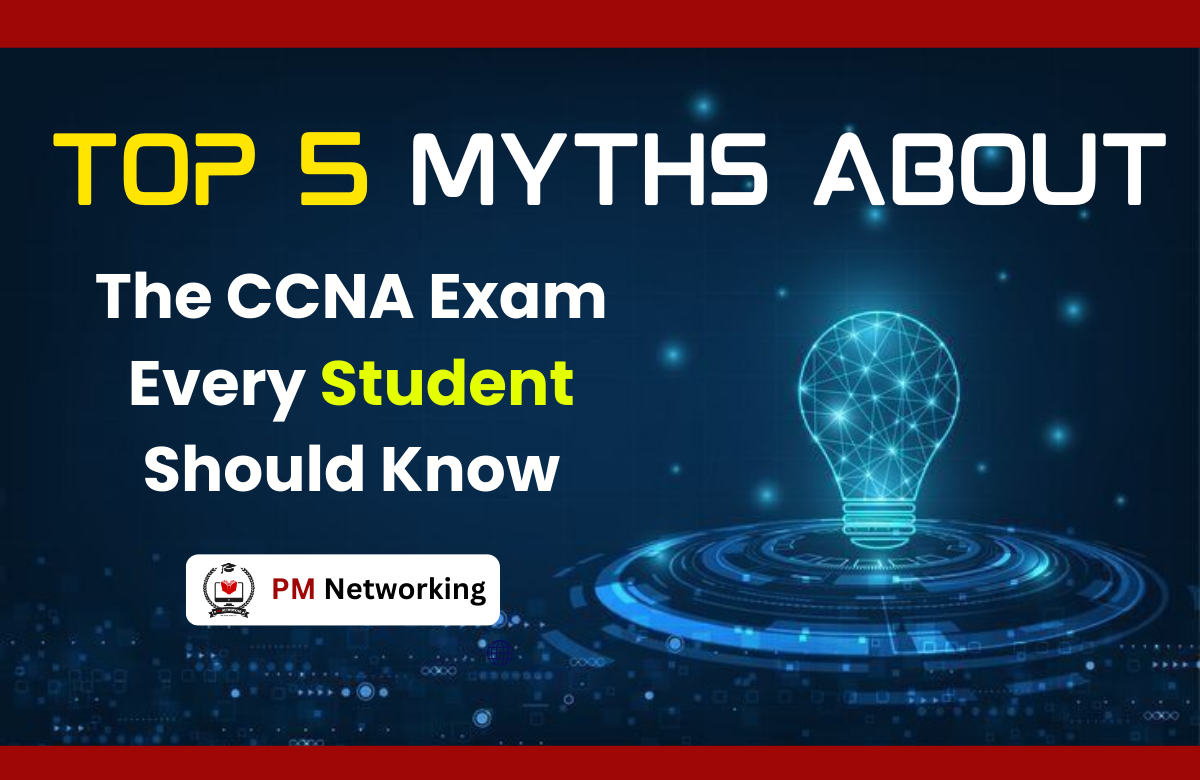
Question-(1) What is OSPF (Open Shortest Path First)?
Ans: Open Shortest Path First (OSPF) is a link state Interior gateway routing protocol (IGP).
OSPF is a vendor-independent routing protocol, that can be used in a multivendor environment.
i.e OSPF can be run on routers of Cisco, HP, Juniper, Netgear, Asus, Apple, etc.
Question-(2) What is the multicast address used by OSPF?
Ans: OSPF uses multicast address 224.0.0.5 to send a hello to form a neighbor relationship.
OSPF sends only triggered update if something changes in the topology.
OSPF has a view of full network topology in the topology table.
Question-(3) what is the hello and dead interval of OSPF?
Ans: Hello time: 10 Seconds
Dead time: 40 Seconds
Question-(4) what is the AD value of OSPF?
Ans: AD value is 110
Question-(5) how metric is calculated in OSPF?
Ans: metric of OSPF is called COST
COST = 100 /Interface Bandwidth (in Mbps)
Question-(6) Where to use the OSPF routing protocol?
Ans: OSPF routing protocol can be used in a multi-vendor environment
Question-(7) What is the difference between neighbor and adjacent in OSPF?
Ans: If routers have exchanged only Hello packets then they are neighbor only
If routers have exchanged Hello packets and LSA then they are Adjacent.
Question-(8) What parameters should match for OSPF neighbor formation?
Ans: The following parameter MUST match
✓ Hello and Dead interval
✓Network Mask
✓Area ID
✓Authentication password.
Question-(9) how to configure OSPF?
Ans: Connect to Router through a console or Remotely and login into the Router and get access to Terminal
Router> Enable
Router#Configure terminal
Router (config)# Router OSPF process_ ID
Router (config-router)#Network network_ bit Wildcard_mask area {Id}
For example, we want to configure OSPF with process_id 1, one interface has IP 10.0.0.0/24 and the area is 0
Router>Enable
Router#Configure terminal
Router(config)#Router ospf 1
Router (config-router)#Network 10.0.0.0.0.0.0.225 area 0
Question-(10) What is router ID in OSPF?
Ans: Router-ID is just 32 bits number and is used to identify each router in the OSPF domain within an AS
Question-(11) What is DR/BDR in OSPF?
Ans: In the OSPF domain each router sends an update to all routers whenever there is a change in topology. The idea behind DR/BDR is that only DR/BDR can send any updates to all routers only.
Question-(12) Which is elected first DR or BDR in OSPF?
Ans: BDR
Question-(13) What is the router-id selection process in OSPF?
Ans: OSPF Router ID selection algorithm works as below:
✓ Any manually configured OSPF Router ID in OSPF Process is selected as the OSPF Router ID.
✓IF there is no OSPF Router ID configured then :
The highest IP address on any Loopback Interfaces of the router is selected as the OSPF Router ID.
✓if there are no Loopback Interfaces configured then:
The highest IP address on its active interfaces is selected for the OSPF Router ID.
Question-(14) what are the LSA types in OSPF?
Ans: There are 6 Types of LSA in OSPF given below :
Type 1 Router LSA
Type 2 Network LSA
Type 3 Summary LSA
Type 4 Summary ASBR LSA
Type 5 External LSA
Type 6 Not-So-Stubby Area LSA
Question-(15) how to configure router-Id in OSPF?
Ans: Router>Enable
Router#Configure terminal
Router(config)# ospf 1
Router(config-router)#Router- I’d 1.1.1.1
Note: After configuring the Router ID the OSPF process must be reset by using the command:
Router(config)#clear in OSPF process
Question-(16) What is OSPF area Concept?
Ans: In OSPF, a single autonomous system (AS) can be divided into smaller groups called areas.
In OSPF, each router sends Link state advertisement (LSA) link state/Link state update (LSU) to each other.
The OSPF area concept is to control frequent LSA/LSU updates in the OSPF domain.
In OSPF, Area reduces the size of the topology database that each router must maintain.
Question -(17) What are the Router types in OSPF?
Ans: internal routers
backbone router
Area Border Router
Autonomous system area border router
Question-(18) Explain different OSPF network types.
Ans: Broadcast
non-Broadcast
Point-to-point
Point-to-multi-point
Point-to-Multi-point non-broadcast
Question-(19) Does OSPF support authentication?
Ans: Yes OSPF supports two types of authentication.
*Plain text authentication
*MD5 authentication
Question-(20) What is Virtual Link in OSPF in routing Protocol?
Ans: OSPF requires the use of a backbone area (a0) with each area connecting to area zero through an ABR.
However, in some cases, the regular area might not have a convenient point of connection to the backbone area.
In these cases, OSPF uses the virtual link to connect that regular area to the backbone area virtually.
PM Networking is an emerging leader in the ed-tech space, founded by Praphul Mishra in 2020 with a vision to democratize tech education. The journey of PM Networking began as a YouTube channel with the sole purpose of sharing valuable knowledge in the fields of Networking, Cyber Security, and Cloud Computing. What started as a humble effort to educate has rapidly evolved into a comprehensive online learning platform that caters to the growing demand for specialized IT skills. PM Networking stands out in the crowded ed-tech industry by providing affordable, world-class training tailored to the needs of aspiring IT professionals. The platform is dedicated to equipping learners with the skills and knowledge required to excel in the highly competitive tech industry. Whether it’s Networking fundamentals, advanced Cyber Security protocols, or mastering the complexities of Cloud Computing, PM Networking offers a range of courses designed to cater to different levels of expertise.







0 Comments